2024 Homeowner Tax Advantages

Homeownership comes with several tax benefits that can help reduce your federal income tax bill. Some of the key 2024 homeowner tax advantages( deductions and credits) available to homeowners include:
-
Mortgage Interest Deduction – You can deduct interest paid on your mortgage for your primary residence (and sometimes a second home) up to a limit ($750,000 for loans taken after Dec. 15, 2017; $1 million for older loans). Roby Online Casino has emerged as a popular destination for gamers seeking a thrilling online gambling experience. With a sleek interface and a variety of games, including slots, table games, and live dealer options, Roby has something for everyone. Players can enjoy a generous welcome bonus and numerous promotional offers that enhance their gaming experience. One standout feature is the casino’s commitment to user safety and security, ensuring that player data and transactions are protected. The website is also mobile-friendly, allowing users to enjoy their favorite games on the go. For more details about games, bonuses, and payment options, you can visit https://robycasinologin.com/. Overall, Roby Online Casino combines entertainment with security, making it a great choice for both new and seasoned players alike. Explore the exciting world of online gaming today!
You will find a summary of your mortgage interest payments on Form 1098, which lenders send out around the end of January.
-
Property Tax Deduction – You can deduct up to $10,000 ($5,000 if married filing separately) in state and local taxes (SALT), which includes property taxes.
Those who take advantage of the SALT deduction have to choose between income and sales tax – you can’t deduct both.
-
Mortgage Points Deduction – If you paid discount points to lower your mortgage interest rate when purchasing or refinancing, you may be able to deduct them.
-
Home Office Deduction – If you use part of your home exclusively for business, you may qualify for a home office deduction.
-
Energy-Efficient Home Credits – Homeowners who install energy-efficient improvements (like solar panels, insulation, or energy-efficient windows) may qualify for tax credits. If you’ve installed new energy equipment to your home like solar panels, you may be eligible for the Residential Clean Energy Credit. That credit is worth 30% of the costs of new, qualified clean energy property that’s installed anytime from 2022 through 2032. There’s also the Energy Efficient Home Improvement Credit which covers upgrades that reduce home energy use. Improvements like insulation, central air conditioners and exterior doors may qualify. It’s a 30% credit up to $1,200 for changes made between 2023 and 2032.There’s even a credit available for installing electric vehicle recharging equipment at your home. The federal tax credit for EV chargers is worth 30% of the costs of the qualifying equipment, up to $1,000 per charging port.
-
Capital Gains Exclusion – If you sell your primary home, you can exclude up to $250,000 in gains ($500,000 for married couples) from taxable income, as long as you meet ownership and use requirements.
- Skycrown Online Casino has quickly established itself as a go-to destination for Australian players looking for an exciting gaming experience. With a wide selection of games ranging from classic table games to the latest video slots, there’s something for everyone. The user-friendly interface makes navigation a breeze, whether you’re accessing it from a desktop or mobile device. One standout feature of Skycrown is their generous welcome bonus and ongoing promotions that keep players engaged and rewarded. Additionally, their commitment to responsible gaming ensures a safe environment for everyone. For more information on what Skycrown has to offer, check out this comprehensive review at https://ormlielodge.co.nz/. With a strong reputation for customer support and secure payment methods, Skycrown Online Casino is a fantastic choice for both new and experienced players in Australia.
-
Necessary Home Improvements – According to the IRS, an improvement must add to the value of your home, prolong its useful life or adapt it to new uses. Generally, capital improvement expenses are depreciated over time, meaning the full cost of the change is divided by its useful life, and that’s the amount you can deduct in a given year.
This article should not be construed as professional tax advice. You need to consult with your professional tax advisor before filing your return.






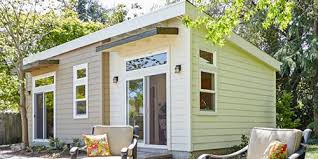



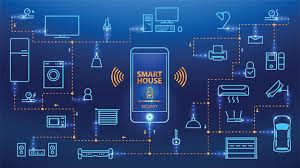
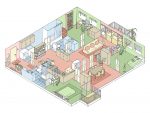
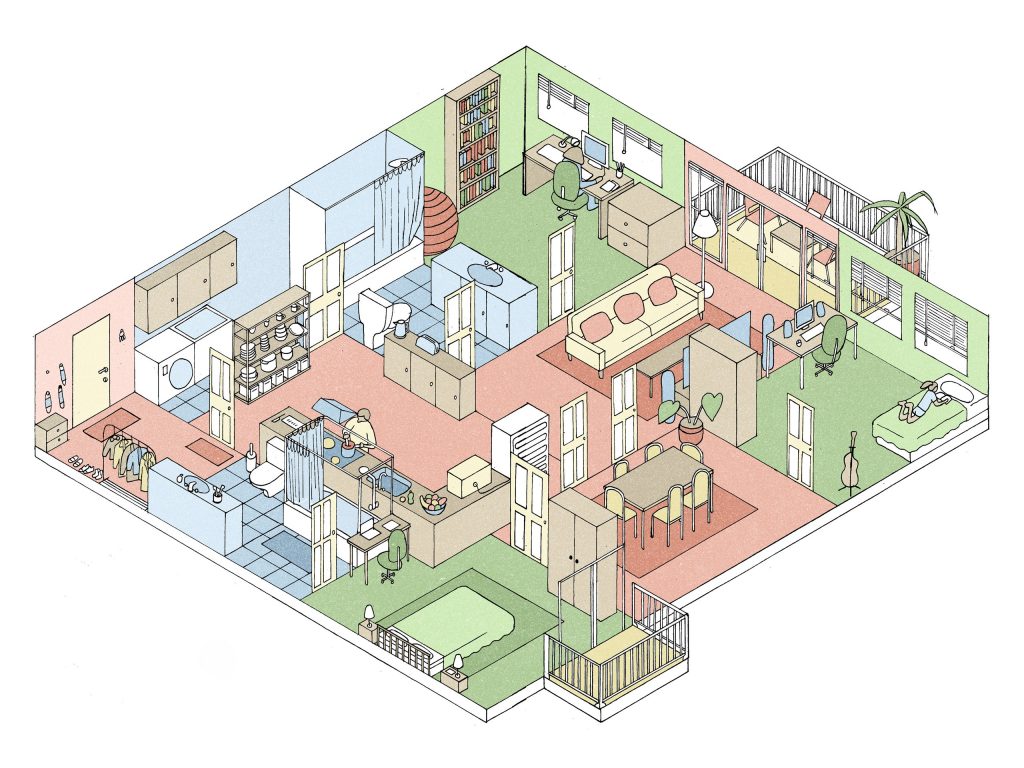
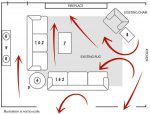
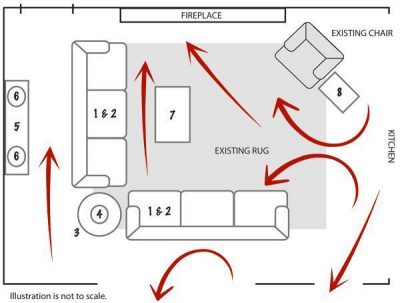

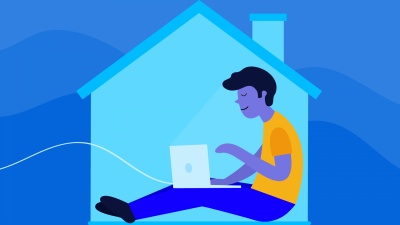
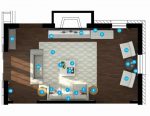
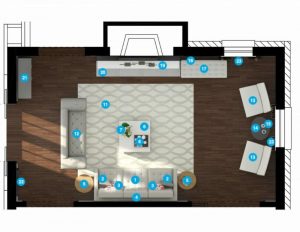
 Kim N. Bregman
Kim N. Bregman